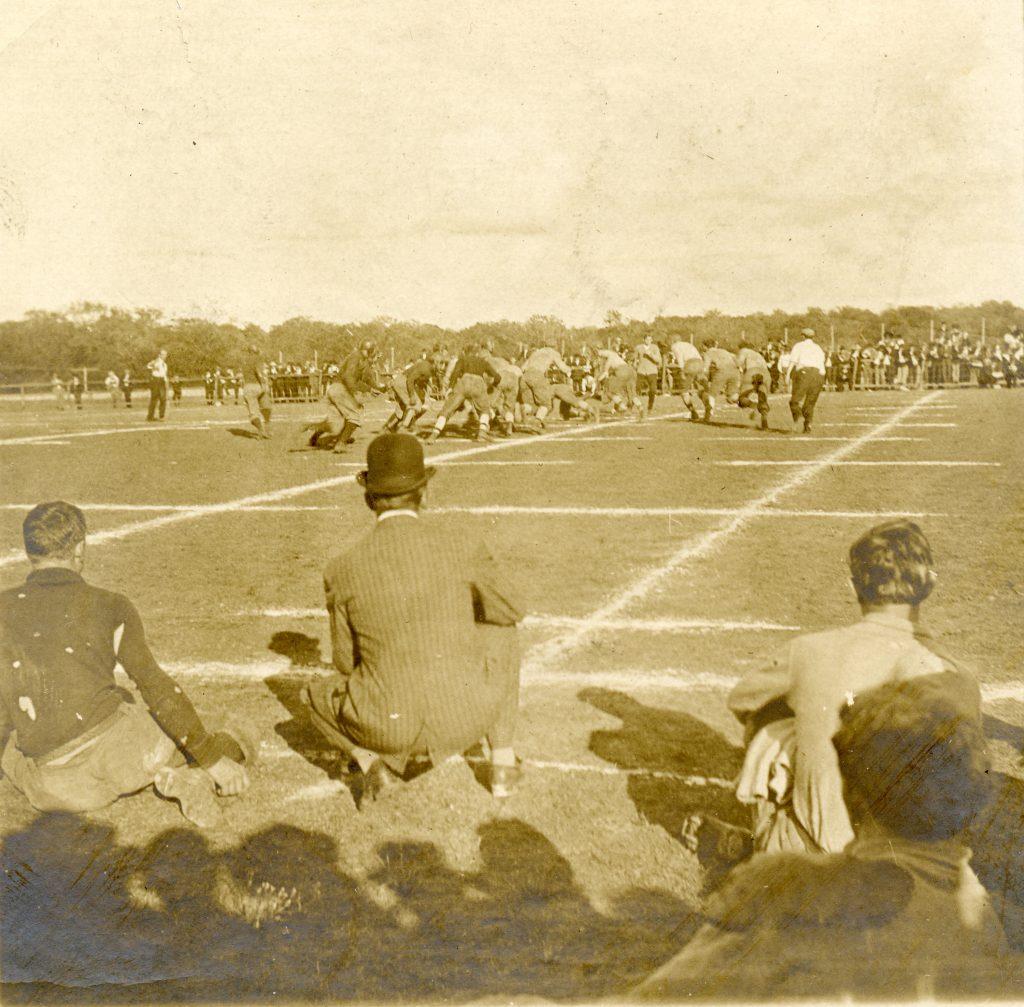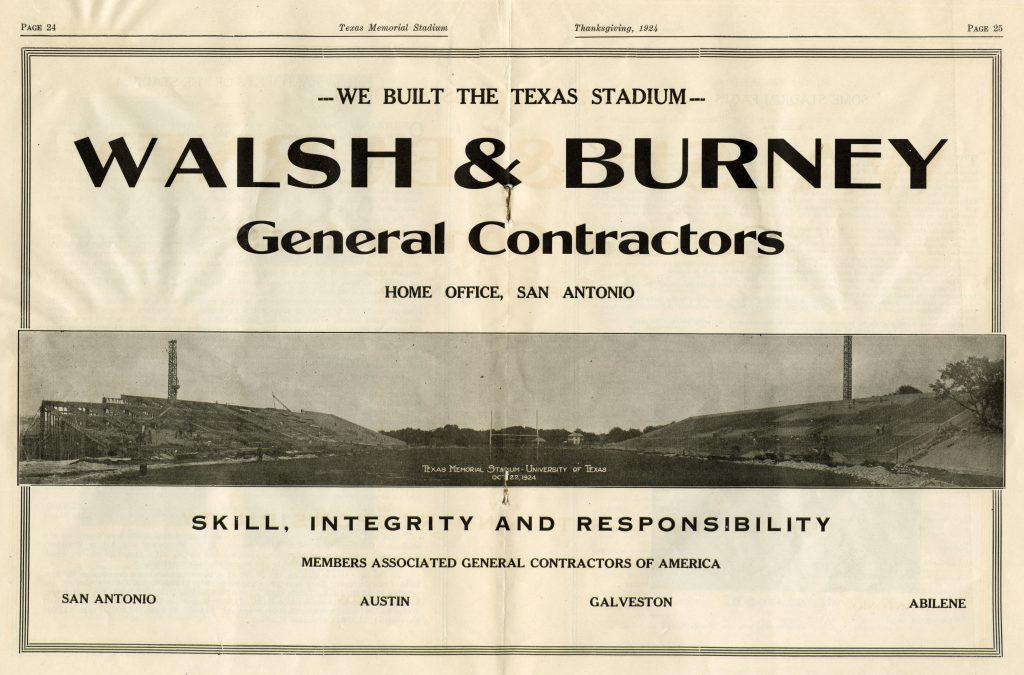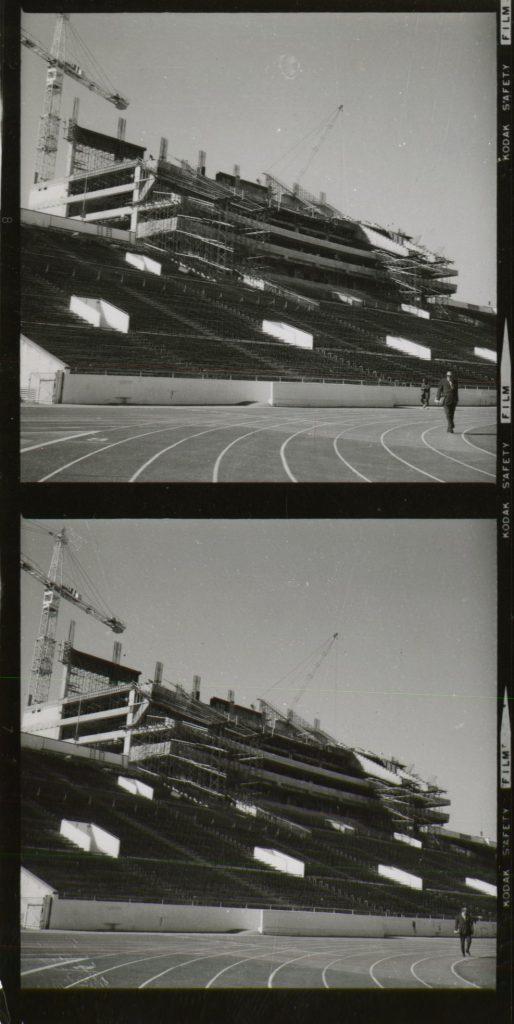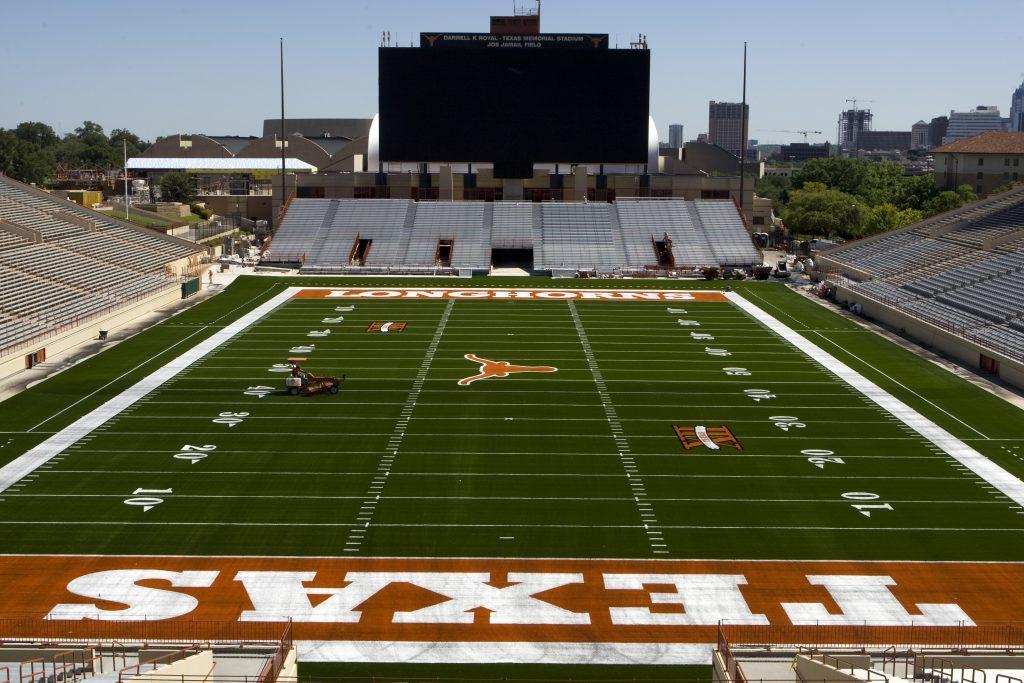
TEXAS TRIES FOOTBALL
Football has long been a major part of the culture on the University of Texas campus, but in the early years of the university and the sport, a little time and perseverance was necessary for football to truly take root on The Forty Acres. Within three months of formally opening the university, a group of students decided to organize the university’s first-ever football game. At the time, the sport of football was still in its infant stages and none of the would-be players had ever seen an actual football game. There was no one remotely qualified to referee and finding another team to play proved difficult. But law student Yancey Lewis—along with other University of Texas students interested in the sport of football—eventually arranged a game against students from the Bickler School, a private preparatory academy in downtown Austin. The teams spent a week learning the rules of the game and practicing. The event took place on a section of pastureland near the present-day location of the Blanton Museum of Art. The Bickler school won, two goals to none, and the University of Texas lost all interest in football for the rest of the school year. Yancey Lewis was a member of the first graduating class from the Law Department in 1885 and, on commencement day, drafted the constitution for the Ex-Students’ Association along with R. C. Walker and J. H. Cobb. Lewis returned to the Forty Acres in 1901 when he was offered a faculty position in the Law Department, and in 1902 was appointed Dean, a position he held until resigning in 1904 to return to private practice.
Image credit: Yancey Lewis; this photo appeared in the May 1915 issue of the Alcalde.
Read More










































